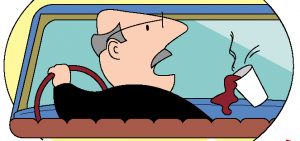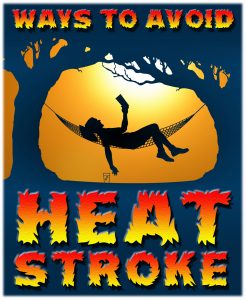Frozen pipes not only mean the inconvenient lack of water, they also can burst, causing an expensive repair problem.
Homeowners are often understandably frantic to get water pipes running again. But thawing the pipes improperly can lead to more problems.
Never use a device with a flame to thaw out pipes.
A little heat on the right pipe could get that water flowing. But a flame on the pipe is a very bad idea.
According to fire experts, flames under the house, even when directed at pipes, are a common cause of fire.
The open flame from a heater, especially a propane salamander, can instantly ignite insulation or flooring materials under a house.
Worse, pipes can heat up dramatically from flaming devices, with heat traveling along the piping systems inside walls. This heat can ignite wall materials, which can smolder for hours before being discovered, or bursting into flame. Alternatively, excessive heat on metal piping can cause water to boil, causing the pipe to burst, according to the Red Cross.
If you know where the pipes are frozen, first open the faucets and then apply heat with a hair dryer or electric heating pad.
Prepare ahead of very cold temperatures.
If you know your pipes are prone to freezing, take some simple steps ahead of cold weather.
First, give yourself a supply of water. Partially fill a bathtub with water when very cold temperatures are predicted. This can provide water for pets, cleaning, or bathing. It will also give you some breathing room so you can take your time unfreezing pipes.
Next, keep the faucets open to a drip. This will help prevent pipes from freezing. Although this can put a strain on water pump systems, it is usually better than broken pipe disasters.
Close garage doors, especially if there are pipes along the garage walls.
Open your cabinet doors in the kitchen and bathroom to allow warm room air to circulate.
Don’t turn down the house temperature during very cold nights.
Never set the thermostat to less than 55 degrees when the weather will be below zero.
Long-term prevention for frozen pipes
One of the best ways to prevent frozen pipes is with heat tape or heat cable. These low-heat products usually can be plugged in at the beginning of the season and left until Spring. This is especially good for pipes that are run along the outside of walls.
Be sure to unhook outdoor hoses and close valves supplying outdoor faucets.
If the problem with frozen pipes is persistent every winter season, consider moving exposed piping. Although this is a major project, it should prevent future problems.
Insulation in attics, basements and crawl spaces will help prevent frozen pipes, too.










































